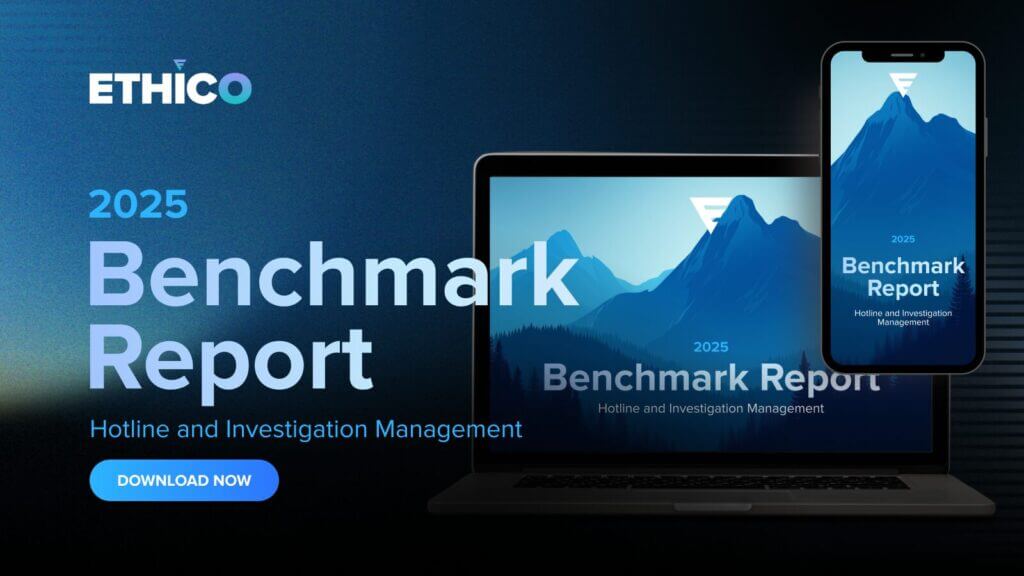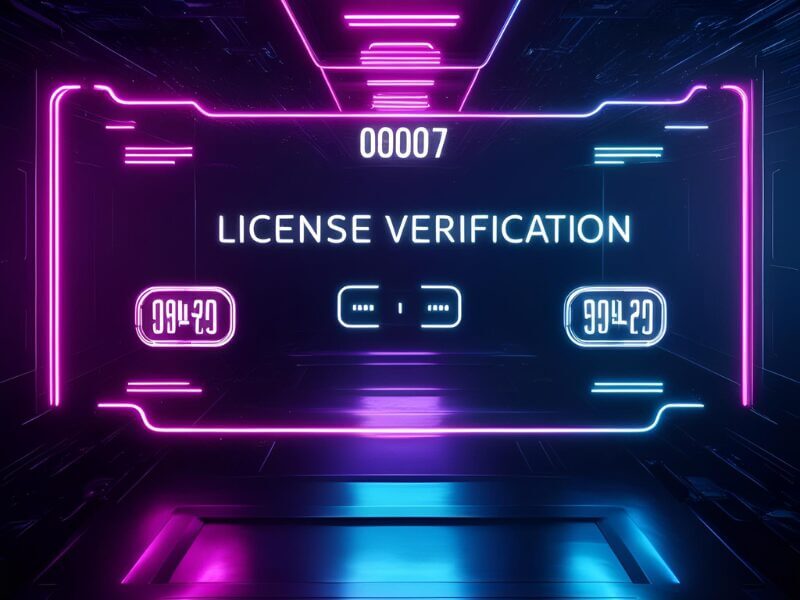Data Defense: Staying Ahead of Cybersecurity Threats 🦾🛰️


Full Episode Available
WATCH ON-DEMANDThe days of cybersecurity professionals hiding in server rooms and compliance officers buried in regulatory texts are long gone—today’s protection requires these guardians to form powerful alliances that safeguard both data and corporate reputation. This webinar explored the critical relationship between cybersecurity and compliance functions within organizations, examining how these “guardian” roles can effectively collaborate to protect company assets and ensure regulatory adherence. The discussion featured insights from experienced professionals including a former head of compliance from the healthcare sector and a current head of Security and Trust, providing practical frameworks for building effective partnerships between these functions. Throughout the conversation, speakers emphasized the importance of clear communication, shared responsibility, and organizational alignment in addressing cybersecurity challenges.
This episode of The Ethicsverse examined the evolving intersection between corporate compliance and information security functions. Speakers analyzed the complementary yet distinct responsibilities of Chief Compliance Officers and Chief Security Officers, emphasizing how effective collaboration between these roles strengthens an organization’s risk posture. The discussion explored practical approaches to cybersecurity risk management, including developing comprehensive incident response plans, conducting tabletop exercises, and establishing clear accountability frameworks. Speakers highlighted how the cybersecurity function has evolved from a technical utility to a business enabler, requiring greater integration with corporate strategy and governance structures. Key themes included the challenges of resource allocation, managing regulatory requirements, building cross-functional partnerships, and creating organizational cultures that prioritize security awareness and compliance.
- Daniel Ayala, Chief Security & Trust Officer, Dotmatics
- Don Sinko, Retired Chief Integrity Officer, Cleveland Clinic
- Matt Kelly, CEO & Editor, Radical Compliance
- Nick Gallo, Chief Servant & Co-CEO, Ethico
The Guardian Partnership
- Compliance and cybersecurity functions represent “guardian fields” that share the ultimate goal of protecting the organization, its people, and data subjects who trust the company with their information.
- While the cybersecurity team handles the technical implementation, the compliance team navigates regulatory requirements and ethical obligations, functioning as “co-pilots” in addressing security challenges.
- This partnership creates a united front that enhances credibility for both functions when advocating for resources or support from leadership.
Evolution of the CISO Role
- The cybersecurity function has evolved dramatically from a purely technical utility focused on network protection to becoming a strategic business enabler integrated with revenue generation and customer trust.
- Modern Chief Security Officers must think beyond technology to understand how security impacts business operations, customer relationships, and competitive advantage in the marketplace.
- This transformation requires security professionals to communicate in business terms rather than technical jargon, emphasizing how security initiatives support organizational objectives and enhance value.
Reframing Security as Risk Management
- Approaching cybersecurity through a risk management lens rather than as a binary security concept creates a more productive framework for organizational decision-making.
- The terminology of “technology risk management” rather than simply “security” helps stakeholders understand that security exists on a spectrum where organizations make informed choices about which risks to address and which to accept.
- By identifying, quantifying, and documenting risks, security and compliance teams enable business leaders to make informed decisions aligned with organizational priorities.
Resource Allocation Challenges
- One of the greatest challenges for leadership teams is determining appropriate cybersecurity investment levels when even massive spending cannot guarantee complete protection against breaches.
- Compliance functions can serve as valuable partners in these discussions by helping frame security investments in terms of acceptable risk levels rather than pursuing complete risk elimination.
- Presenting security options in terms that non-technical executives can understand—comparing “Honda vs. Cadillac vs. Ferrari” alternatives—helps leadership make more informed decisions about resource allocation.
Risk Assessment and Prioritization
- Effective cybersecurity requires rigorous risk assessment processes that identify vulnerabilities but also prioritize them based on likelihood and potential impact.
- Organizations must avoid the “boiling the ocean” trap by focusing efforts on the most critical 20% of risks that represent 80% of potential harm, rather than attempting to address hundreds of identified vulnerabilities.
- Collaboration between compliance and security during risk assessment ensures diverse perspectives when determining which threats pose the greatest danger to organizational objectives.
Building Effective Incident Response Plans
- Comprehensive cybersecurity incident response plans must be developed with input from multiple stakeholders including security, compliance, legal, and business operations to address both technical and regulatory requirements.
- Organizations should designate an incident commander with authority to coordinate responses across departments, preventing situations where responders retreat to their specialized areas and miss critical steps in the response process.
- Regular practice through tabletop exercises with executive participation helps participants internalize their responsibilities and reveals gaps in response capabilities before real crises occur.
Importance of Tabletop Exercises
- Regular tabletop exercises that simulate cybersecurity incidents represent critical preparation that ensures team members understand their roles during actual crises.
- These simulations should include executive leadership to enhance awareness of security risks and demonstrate how technical compromises translate into business impacts that executives can understand.
- Compliance officers should actively participate in these exercises to ensure regulatory reporting requirements and other compliance obligations are properly integrated into response procedures.
Managing Regulatory Obligations
- Organizations often struggle with complex regulatory requirements that vary by industry, jurisdiction, and data type, leading to situations where companies miss critical reporting requirements during incidents.
- Collaboration between legal, compliance, and security teams is essential for maintaining awareness of reporting obligations and ensuring processes exist to meet these requirements during crisis situations.
- During incidents, organizations should promptly engage outside counsel to establish privilege and help identify applicable reporting requirements based on the specific circumstances.
Governance and Accountability
- Effective cybersecurity requires clear governance structures that define roles, responsibilities, and decision-making authorities across the organization.
- Board committees increasingly expect to see evidence of collaboration between compliance and security functions to ensure comprehensive risk coverage without duplicative efforts.
- Regular auditing of cybersecurity activities by compliance or internal audit teams creates accountability and ensures that documented controls are actually implemented rather than existing only on paper.
Managing Technology Adoption
- Organizations face significant challenges controlling the adoption of new technologies that may introduce security or compliance risks, particularly with the proliferation of easily accessible cloud services.
- Effective technology governance requires partnership between multiple functions including procurement, security, compliance, and legal to establish appropriate controls without unnecessarily impeding innovation.
- Successful technology governance pairs restrictive controls with clear guidance in “human-readable form” that helps employees understand which tools they can use for different types of data based on classification levels.
Closing Summary
This episode of The Ethicsverse underscored that effective cybersecurity in today’s complex environment requires deep collaboration between compliance and security functions. By working as partners rather than in silos, these guardian roles can better protect organizations while enabling business objectives. The speakers emphasized that security has evolved from a technical function to a strategic business enabler, requiring professionals to communicate in business terms and align with organizational priorities. As threats continue to evolve, organizations that establish clear governance structures, practice incident responses, and take a risk-based approach to security investments will be best positioned to protect their assets while maintaining regulatory compliance.






































